NOAA Seeks Public Comment on Restoration Blueprint for Florida Keys National Marine Sanctuary
By Rachel Plunkett
July 2022
One of the most significant marine conservation initiatives in the world—restoring sensitive habitats and managing resources in Florida Keys National Marine Sanctuary—is one step closer today as NOAA released a Notice of Proposed Rulemaking ("proposed rule") and draft revised management plan, together known as the "Restoration Blueprint."
The proposed rule is the next step in the comprehensive review and update of the sanctuary's boundary, regulations, and marine zones, which were last thoroughly updated in 1997. The draft management plan, last revised in 2007, focuses on six key themes: adaptive management, water quality, restoration, visitor use management, enforcement, and stewardship.
A National Treasure at Risk
The clear, blue and turquoise waters of Florida Keys National Marine Sanctuary contain part of the only coral barrier reef in the continental United States, the largest documented contiguous seagrass community in the Northern Hemisphere, hard-bottom habitat, sand and mud flats, and an array of submerged historical and cultural resources. Mangrove-fringed shorelines hug the shallow coastal waters and protect the narrow and low-lying island chain from storm surge and erosion, while providing a living habitat for fish, invertebrates, and birds. Each of the above-mentioned components of the 3,800 square-mile sanctuary are ecologically connected, requiring a comprehensive plan for restoring and managing the resources within these waters both individually and cohesively.
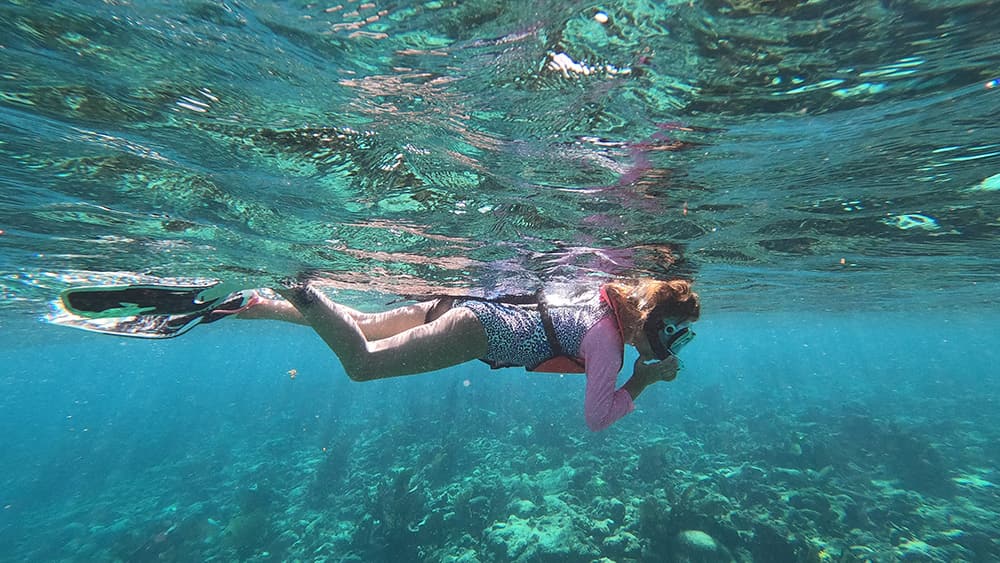
The resources in Florida Keys National Marine Sanctuary are increasingly under threat from hurricanes, diseases, vessel groundings, rising ocean temperatures, pollution, and human interactions. The 2011 sanctuary condition report showed that the habitats and resources were continuing to be degraded, and since then tourism has continued to increase, putting added pressure on these fragile resources. Additionally, Hurricane Irma caused massive damage in 2017, and the sanctuary and its partners have been responding to a serious coral disease outbreak and a seagrass die-off. These issues are especially concerning for a community that relies on a beautiful and healthy ecosystem to support jobs. Fifty-four percent of local jobs are supported by tourism, and commercial fisheries account for 5-8% of the total income or jobs. All together, tourism in the Florida Keys contributes $4.4 billion to the economy, and the sanctuary is a key driver of the tourism industry there.
In 2020, NOAA received over 1,200 unique comments on the draft environmental impact statement. Based on the best available science and broad public engagement during previous steps of this process that spanned several years, the Restoration Blueprint proposes regulatory changes to better address increasing and emerging marine uses and ongoing and emerging threats to marine resources, while using tools within reach to restore and reverse trends of decline in many habitats.
According to Sarah Fangman, superintendent of Florida Keys National Marine Sanctuary, "The end goal is to build the ecosystem's resilience in such a way that it can better withstand the elements that caused these declines in the first place."
Public Comment Period
This review is the next step in the public process. During the public comment period for the Restoration Blueprint, the public will have until October 26, 2022, to provide input about the future of their Florida Keys National Marine Sanctuary.
How to Comment→Boundary Expansion
The ability for natural processes to flow freely and for wildlife to move unimpeded between habitats is known as "ecological connectivity." This is an important consideration for an ecosystem-based management approach. When living things can move freely, populations can intermingle. This helps maintain genetic diversity and supports healthy populations. With ecological connectivity in mind, and to address a range of resource management needs expressed during public comment periods, NOAA proposes to expand the sanctuary boundary in a few key areas. The proposed boundary expansion would align the geographic boundary of the sanctuary with the "area to be avoided" regulatory boundary; would enhance ecological connectivity and support fish spawning by closing a gap in the Tortugas Region, encompassing the existing Tortugas South marine zone; and would add a separate area at Pulley Ridge to protect corals in deeper water.
Sanctuary-Wide Regulations
NOAA proposes to modify some of the existing sanctuary-wide regulations to address issues such as water quality, and help the sanctuary be more consistent with state regulations. The U.S. Environmental Protection Agency established No Discharge Zones under the Clean Water Act for vessel blackwater (sewage) in Key West (1999) and then all state waters of the sanctuary (2002). NOAA expanded this prohibition to all waters of the sanctuary in 2010. NOAA is now proposing to further protect sanctuary waters from cruise ship graywater discharges (waste from showers, sinks, laundries, and kitchens) and deck washdown by removing those exceptions from the regulations, while allowing an exception for engine cooling water. Cruise ships are among the largest vessels in sanctuary waters and are the source of a significant volume of discharges, which can negatively impact the marine environment.
Through the Restoration Blueprint, NOAA is also proposing sanctuary-wide regulatory changes related to temporary emergency and adaptive management, historical resources permitting, feeding fish from vessels or while diving, grounded and deserted vessels and harmful matter, and the use of mooring buoys for large vessels.
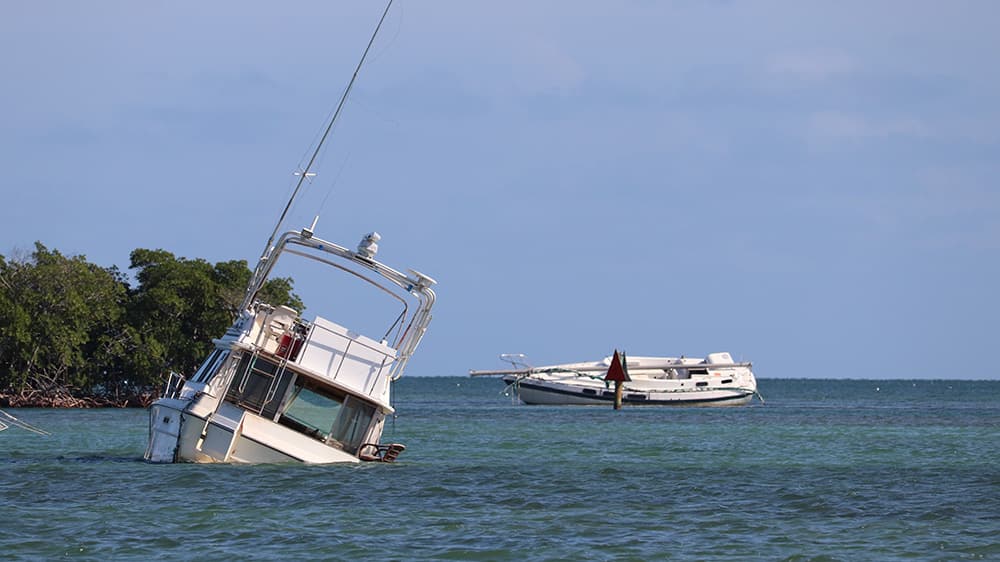
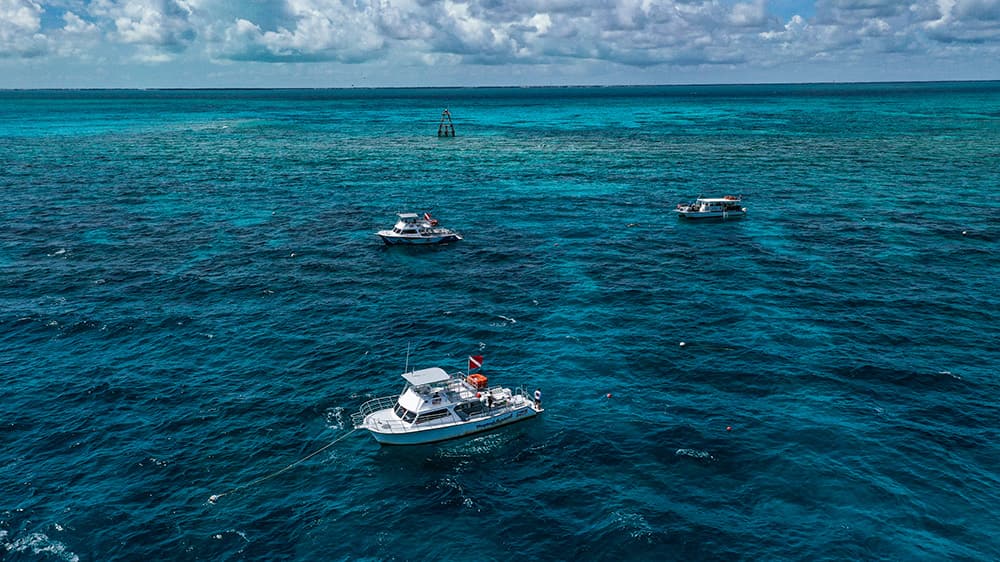
Rethinking Marine Zones
While some regulations are applied across all sanctuary waters, Florida Keys National Marine Sanctuary also manages different marine zone types with specific purposes and special regulations. In 1997, the sanctuary implemented its management plan that created special areas of varying sizes and purposes, and that manages certain activities within them. In July 2001, the 151-square-nautical-mile Tortugas Ecological Reserve was implemented and is the largest of the sanctuary's fully protected zones.
NOAA is proposing some changes to the existing zones, and the proposed rule includes five marine zone types: management areas (maintaining existing Key Largo and Looe Key management areas), conservation areas (combining ecological reserves and special use areas into this new zone type), sanctuary preservation areas (adding two, removing two, combining two existing into one, and expanding three), restoration areas (a new zone type, less than one and a half square miles in total, protecting coral reef nursery and active coral restoration habitat sites), and wildlife management areas (adding 23).
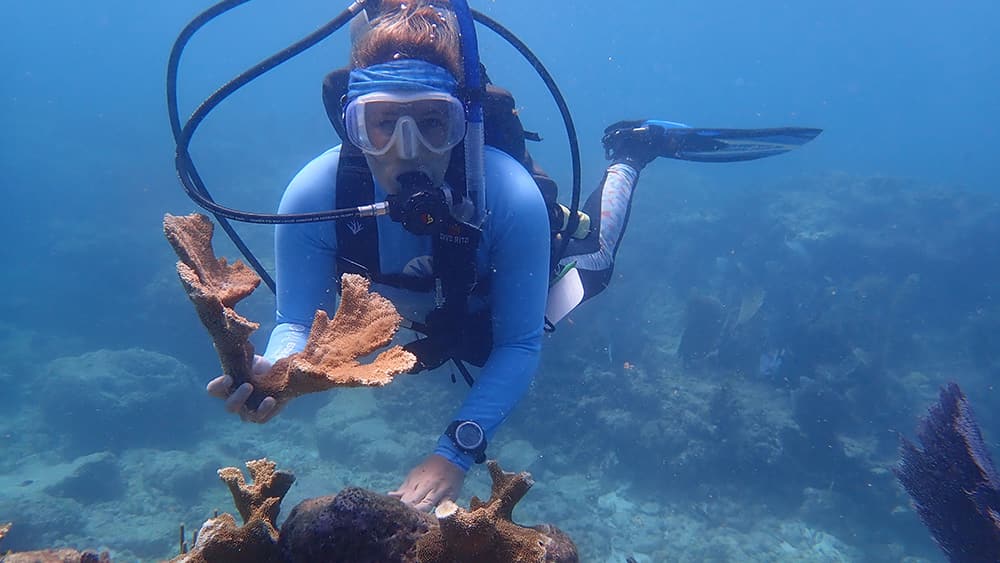
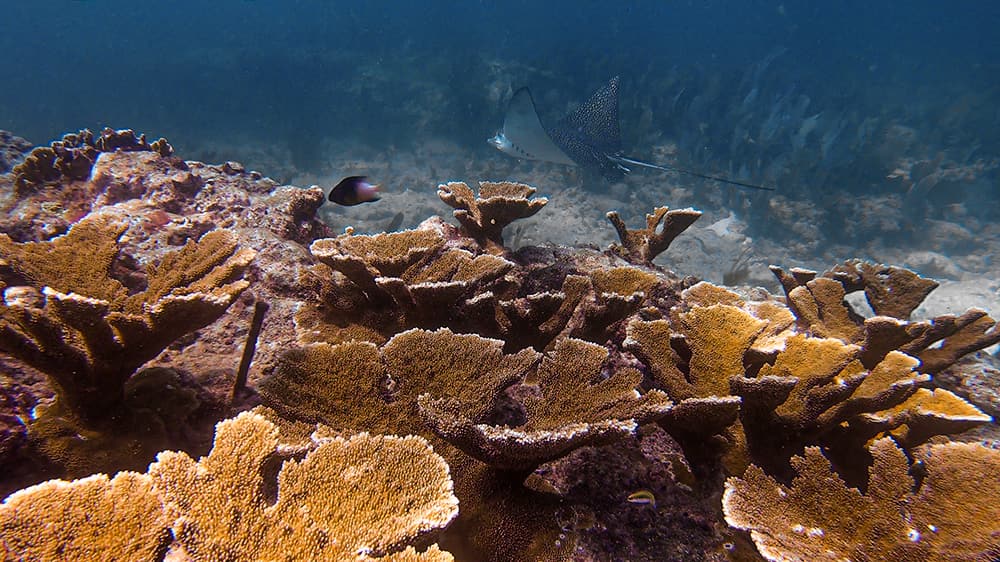
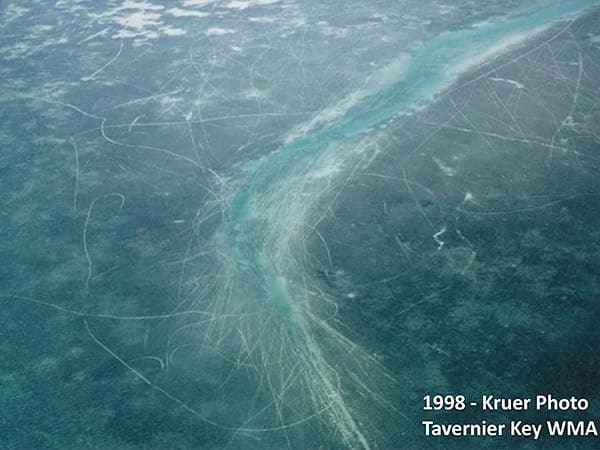
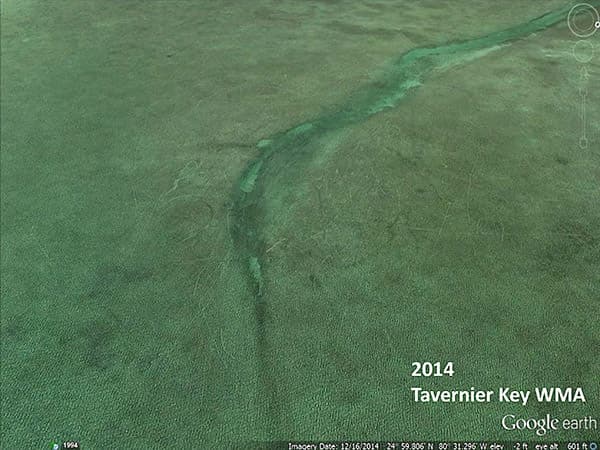
NOAA also proposes to modify and add marine zone-specific regulations. Most notably, these changes would no longer permit fishing for bait in sanctuary preservation areas, eliminate the existing exception for catch and release fishing by trolling in four sanctuary preservation areas, and add a new "no anchoring" regulation in all sanctuary preservation areas. These proposed changes were developed after hearing input from recreational and commercial fishermen, as well as the non-fishing community in the Florida Keys. Other fisheries management actions will continue to be managed by the Florida Fish and Wildlife Conservation Commission and NOAA Fisheries, in coordination with the sanctuary, with advice from the Gulf of Mexico and South Atlantic Fisheries Management Councils.
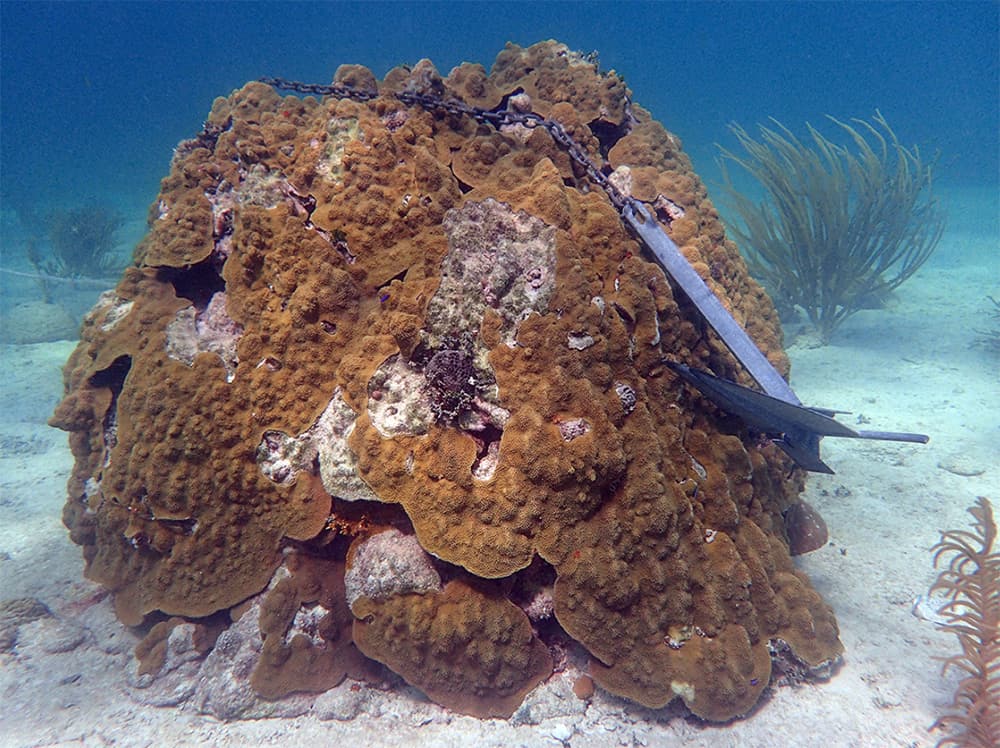
The proposed revisions to regulations in marine zones would more effectively address the resource protection goals of each zone type. Along with these proposed changes, the sanctuary, through a Sanctuary Advisory Council working group, will solicit additional community input on the placement of marker and mooring buoys for new or altered marine zones, and review mooring placements in heavily used areas and for large vessels. The Restoration Blueprint webpage also has several videos that provide context around these recommendations.
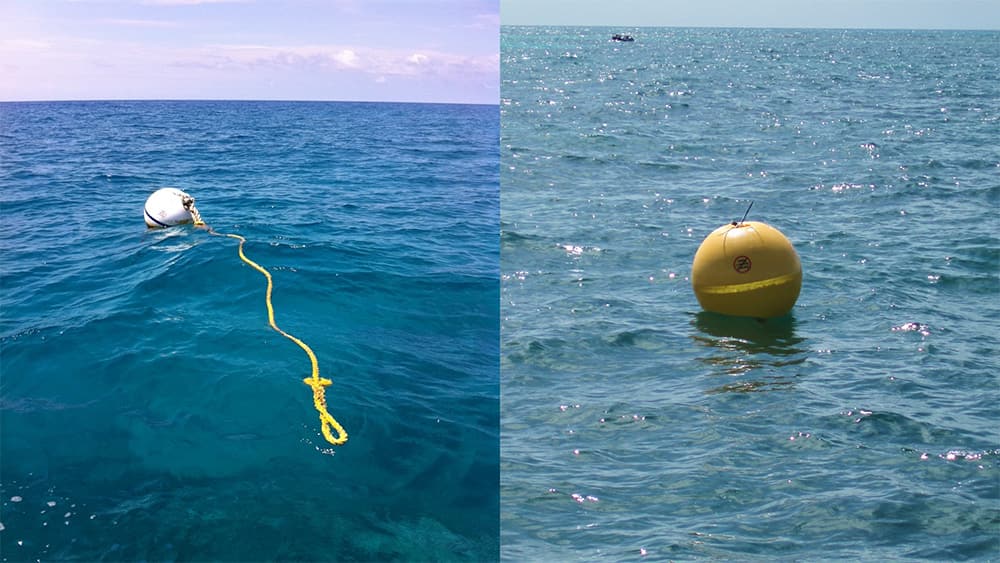
All Hands on Deck
"It's a natural human instinct to confront challenges in their simplest form; to distill complex problems into single solutions," said Fangman. "But there is no simple solution to what is happening with the complex issues affecting the Florida Keys, and certainly no miracle cure that will return our ecosystem to what it was like, or how it functioned 50 years ago. What is needed is a multi-disciplinary approach, one where the 'whole is greater than the sum of the parts.'"
The decades-long declines in the health of the marine habitats in Florida Keys National Marine Sanctuary is a community-wide problem, and the solution requires many levels of collaboration and community involvement. NOAA has put forth a proposed plan to move these efforts forward, and now wants to hear what you think about it. Whether you live in the Florida Keys, visit occasionally, or hope to visit one day, we want to hear from you. There are several ways to weigh in on the Restoration Blueprint.
"From the beginning, the Restoration Blueprint has been a stakeholder-driven process informed by constituents who love and rely on this ecosystem, and their voices can be heard in this proposal," said George Garrett, chair of the Sanctuary Advisory Council. "I encourage everyone to thoroughly review the new Restoration Blueprint materials and come prepared to offer more feedback."
How to Comment→
Rachel Plunkett is the writer/editor for NOAA's Office of National Marine Sanctuaries.

